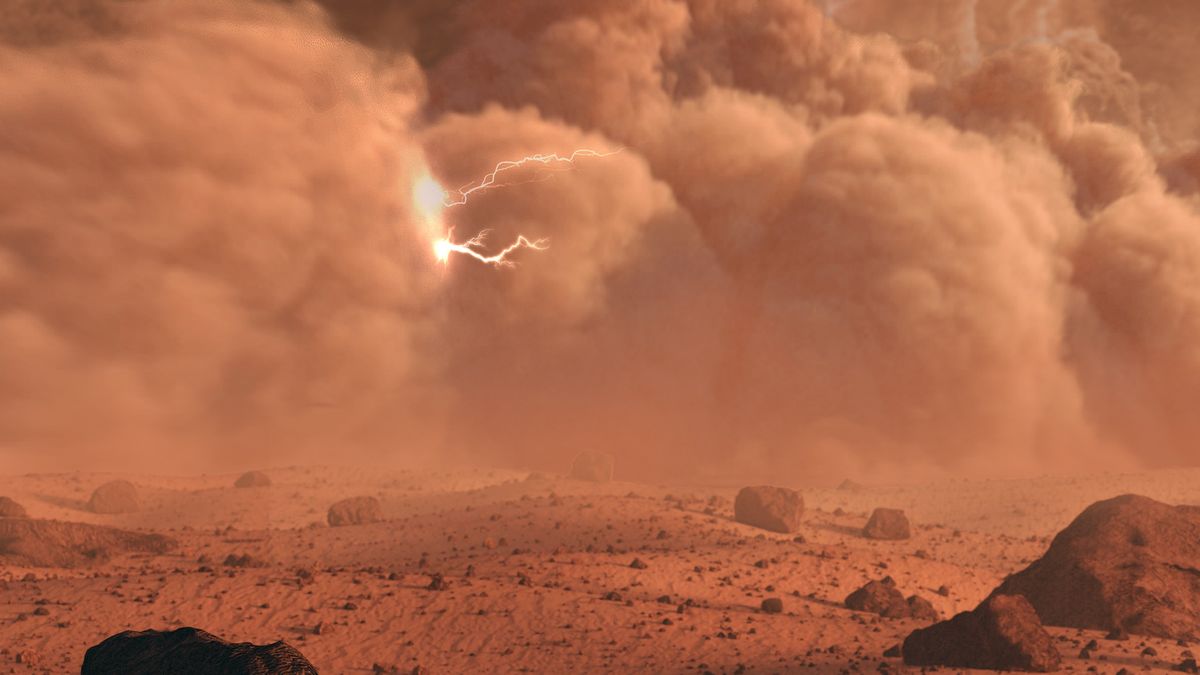Perseverance Records Lightning and Thunder on Mars for the First Time
NASA’s rover has captured the first-ever electrical discharges and faint sonic booms in the Martian atmosphere, revealing a far more active system than previously understood.

NASA’s Perseverance rover has achieved a groundbreaking discovery on the Red Planet. After two Martian years of continuous monitoring, the rover recorded electrical discharges resembling lightning and, in several cases, small sonic booms—marking the first confirmed detection of such atmospheric activity on Mars. The findings suggest that the Martian atmosphere may be more dynamic and electrically charged than scientists once believed.
Rover Detects 55 Electrical Discharge Events
A research team led by planetary scientist Baptiste Chide from the University of Toulouse analyzed the rover’s audio recordings and electromagnetic interference data. Over the course of two Martian years, Perseverance detected 55 separate electrical discharge events.
In several instances, the rover’s microphone picked up sudden electronic bursts caused by the discharge traveling through its wiring. In seven of the recorded events, a faint sonic boom—essentially a small-scale thunder sound—was heard as the heated air around the discharge expanded rapidly.
Dust Alone Is Not Enough: Strong Winds Trigger the Activity
The data indicates that high dust concentration by itself does not generate electrical activity. Instead, most discharges occurred during intense winds and dust storm fronts, pointing to the importance of atmospheric motion in producing lightning-like phenomena on Mars.
A Major Insight for Future Mars Missions
Experts highlight two major implications of the discovery:
Knowing that electrical discharges occur on Mars will influence how future robotic and human missions are engineered, ensuring equipment is resilient to sudden electrical events.
Since lightning may have contributed to the origins of life on Earth, its presence on Mars could become a new variable in astrobiological models assessing the planet’s potential to have once supported life.
A New Research Frontier for the Martian Atmosphere
Researchers say the findings open an entirely new field of atmospheric study. Understanding the mechanisms behind these electrical events and their broader effects will require updated models of the Martian atmosphere and further in-depth exploration.

